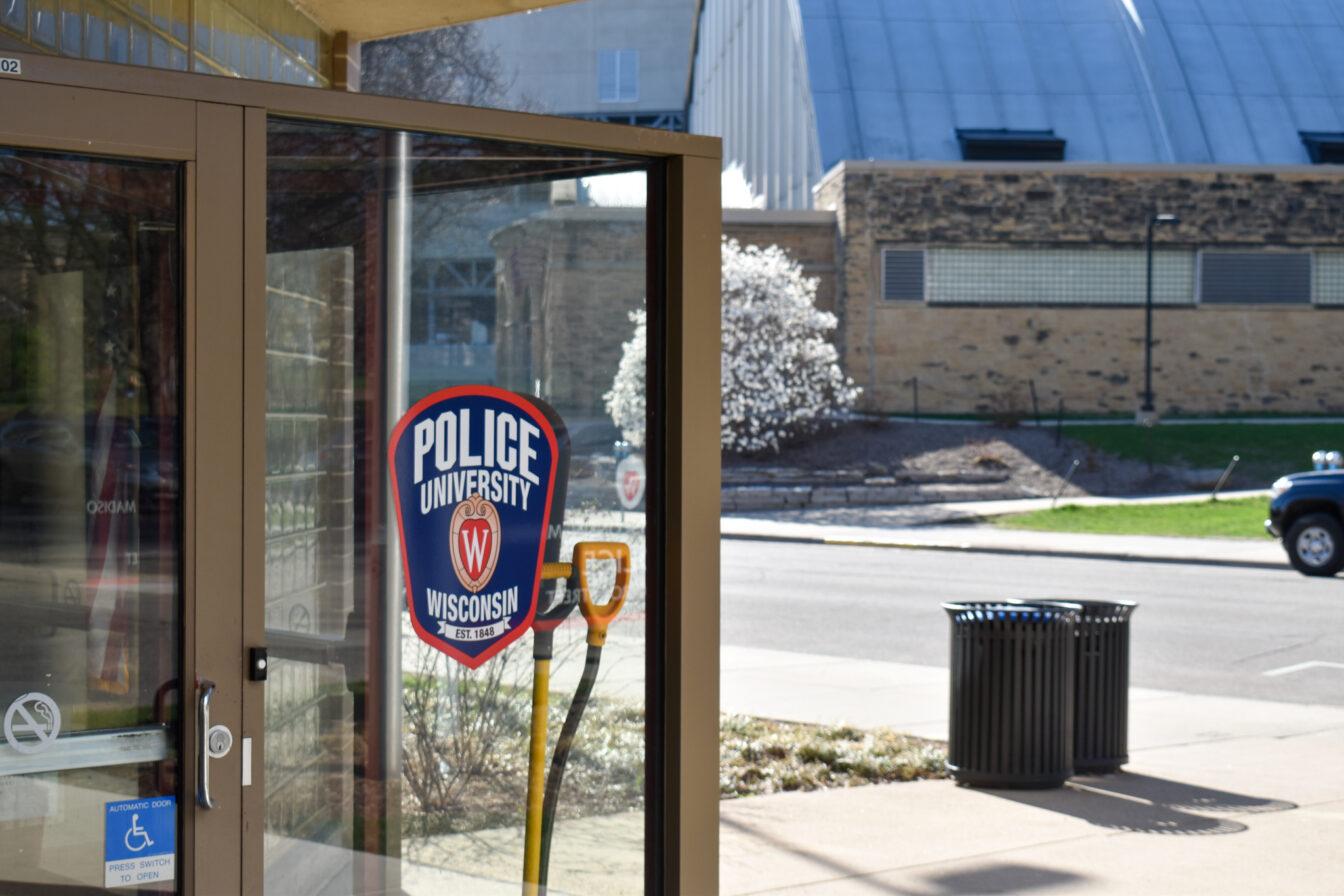Between the first recorded mass shooting at a U.S. college campus in 1966 and Feb. 22, 2023, there have been 12 instances of a single gunman killing three or more people at a university, according to Best Colleges.
University of Wisconsin spokesperson Kelly Tyrrell said in an email statement to The Badger Herald that UW is compliant with the Wisconsin state statute protecting public sector employees’ occupational safety through building evacuation procedures and the training of designated persons who assist in carrying out these plans.
But the University of Wisconsin currently only requires students to complete online courses on relationship violence prevention, inclusion and alcohol safety prior to course enrollment — none on active threats.
911 Consulting CEO Bo Mitchell said many organizations fail to realize that emergency services like local police and fire departments aren’t the first responders in an active threat situation — the people in the building are. Public and private institutions don’t train students on emergency preparedness largely because it isn’t required by law, Mitchell said.
According to Mitchell, it typically takes around four minutes for emergency services to arrive at the scene of an active threat situation.
“So if [emergency services] can’t respond in four minutes, then they are not the first responders — they are the official responders,” Mitchell said. “And [students and staff] are the first responders.”
According to Tyrrell, UW and the University of Wisconsin Police Department are looking into mandatory staff and student training following the tragedy at Michigan State University earlier this year, though there is no timeline for when this training might become required.
Since March 13, UWPD’s Threat Intervention Team has successfully prevented two serious threats of violence on campus, according to a release from the office of Chancellor Jennifer Mnookin.
UW also utilizes its emergency notification system once per year to share campus evacuation procedures, emergency response plan and more, Tyrrell said. This test was last conducted Aug. 3, 2022.
UWPD currently offers in-person and online active threat response training which educates participants on “Run, Hide, Fight,” which is a popular method for responding to active killer situations.
UWPD Campus Community Officer Barrett Erwin is one of the officers who conducts the in-person training for UW departments or groups that specifically request it. Erwin said in-person training is requested by thousands of campus community members annually, but online training participation or registration is not tracked.
The training lasts around two hours and is led by a UWPD officer who discusses response plans for various kinds of emergencies based on the building or room the participants are in, Erwin said.
For example, in active shooter situations, Erwin said his training emphasizes barricading to keep a gunman out of the room more than it emphasizes hiding.
“There are no known incidents of an active killer overcoming a barricade and coming after people and the reason for that … is that they have a limited amount of time before officers and I are there to stop them,” Erwin said. “So we spend a lot of time having [participants] look at the various doors in the room [and] if we had enough time, how would we barricade them?”
UW associate professor of civil society and community studies Ben Fisher said the biggest commonality surrounding school shootings is the killer’s access to a gun. Fisher predicts that active shooter situations will continue to occur as long as guns are easily accessible.
But building strong, trusting relationships between all members of a campus community may be a viable preventative measure for avoiding active shooter situations, Fisher said.
“When folks feel connected and feel like they belong to a place, they may be less likely to act out in those violent ways,” Fisher said. “But also, if somebody does have a plan, almost always they leaked that information to somebody, whether in person or online… when they hear about those plans, they can report that to somebody who can do something about it.”
Mitchell said that around 90% of active shooters telegraph their intent to a friend or family member in person or online, but these warning signs often go unreported since community members are not trained on identifying this behavior.
Fisher said this kind of training may raise too many false positives since there are many people who fit typical active shooter stereotypes that would not actually plan to commit an act of violence.
Tyrrell said UW is working to create a presentation for instructors to share with students on personal safety and prevention measures, as well as continuing to promote online and in-person UWPD active threat training.
“Active threat situations, while uncommon, are a serious concern for all of us,” Tyrrell said. “There are dedicated people across multiple parts of UW–Madison putting their best efforts into prevention, training and response.”



